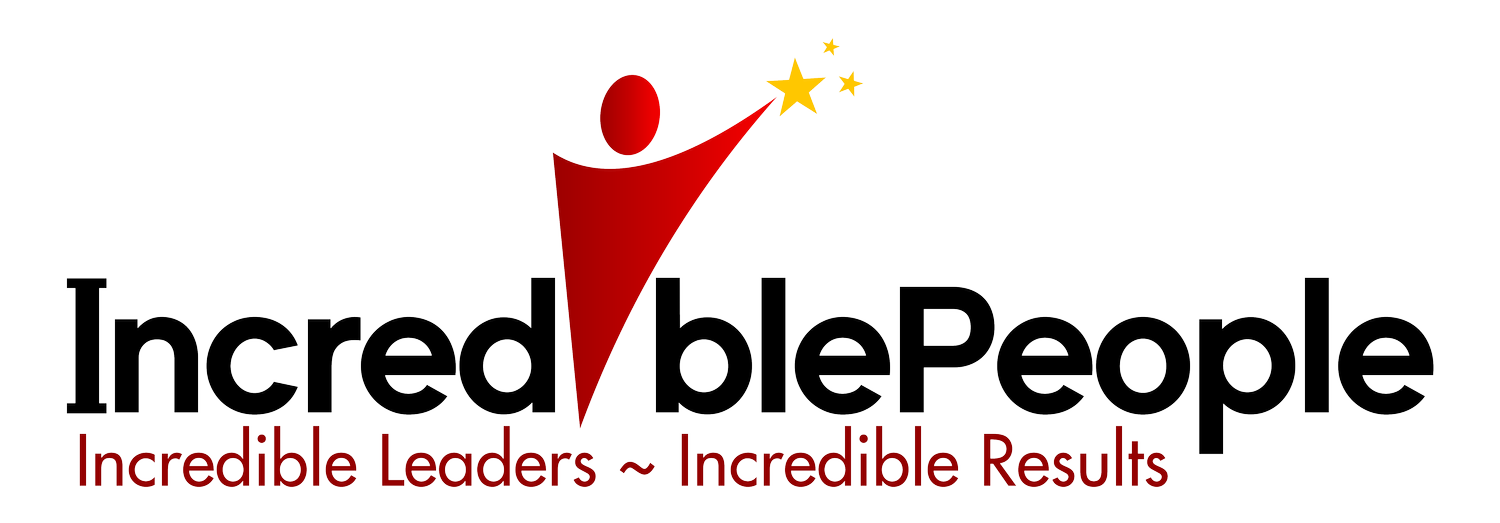Building a Continuous Learning Culture
Think back for a moment about what’s changed in the work you do over the past year, 3 years and 5 years.
How has your work evolved in response to changing consumer expectations, demographics, technology or supply chains?
Now think about the skills and capabilities that would define a high performer, or high performing team.
Consider how these shifts have influenced the way your team collaborates, solves problems, and delivers results. Have new challenges emerged that require different approaches or mindsets?
What skills are now critical that may not have been a priority before?
To keep pace with these evolving demands, it’s not enough to rely on past successes or existing ways of working. High-performing teams regularly review and refine their processes, ensuring they remain effective and responsive. At the same time, developing your employees' skills and capabilities is crucial - not just to keep up with change, but to drive it.
When learning and improvement become a habit, your team stays agile, innovative, and ready for whatever comes next.
A true learning culture goes beyond traditional training sessions; it creates an environment where employees are empowered to develop new skills, share knowledge, and adapt to change.
Studies show that when learning becomes an ongoing part of the workplace, it drives engagement, innovation, and organisational growth.
Why Continuous Learning Matters
A workplace that prioritises continuous learning benefits from increased innovation, improved productivity, and higher levels of employee engagement.
In fact, a recent survey by the Australian HR Institute (AHRI) found that companies with robust learning cultures experience up to 37% higher employee engagement and a reduction in staff turnover by as much as 23%.
Meaning quite simply - your team achieves better results.
When team members see that their growth is valued, they are more likely to take initiative, contribute creatively, and remain committed to the organisation.
Not only that, a strong learning culture reduces the risk of stagnation or turnover by offering clear pathways for professional development.
By investing in the growth of your employees, your team stays ahead of industry changes - whether it’s keeping up with technological advancements, responding to shifting customer demands, or preparing for future leadership transitions.
Strategies for Building a Continuous Learning Culture
1. Make Learning Part of the Everyday Workflow
Embed learning into work routines so that it becomes a habit rather than an occasional event. Initiatives like ‘lunch and learn’ sessions, ongoing online programs, and monthly/project reviews of what’s working well and what could be improved generate discussion-based learning that integrates development seamlessly with productivity. Cross-functional collaboration further enriches this environment by offering fresh perspectives and new skills.
2. Provide Flexible and Accessible Learning Opportunities
A thriving learning culture is built on accessibility. Offering a variety of learning formats (such as webinars, face-to-face workshops, audio books, job shadowing, coaching and mentoring) ensures that every team member can engage with development opportunities that suit their learning style. Empower employees with access to self-directed learning resources and industry events, and agree on how much time each employee should be investing in their development each month.
3. Foster a Growth Mindset Through Feedback and Recognition
In-time feedback - both positive and constructive - helps create a safe space for experimentation and continuous improvement. Also, by focusing on development during regular check-ins and celebrating learning milestones, leaders can create a culture where every achievement is recognised and built upon.
4. Champion Learning Through Leadership and Coaching
Leaders set the tone for a learning culture. When managers invest in their own development (attending training, seeking mentorship, and sharing insights) they inspire their teams to do the same. Adopting a “Leader as Coach” approach is an active way to demonstrate your commitment to building the capability of every team member, in ways that are most relevant to them. Investing time in growing your team will reduce the demand for your time and opinions later on.
It All Starts with Onboarding
"Start the way you mean to finish." – Aaron Dignan in Brave New Work
Building a robust learning culture begins with an effective onboarding process. A well-structured onboarding experience not only sets the stage for immediate success but also instils a mindset of continuous growth from day one.
Refreshing your onboarding approach can transform it into a strategic tool for accelerating new hire success and cultivating a thriving workplace culture.
Click here to watch our recent workshop with Natalie Lincolne.
You’ll learn:
The hidden cost of poor onboarding - and how to fix it fast
How to turn onboarding into a high-performance engine
A structured, intentional approach to unlock new hires' potential from day one
Small leadership actions that drive huge impact
Secrets to building quick connections and creating belonging, without extra workload
How your leadership can set the right tone and influence new hire success from day one
Click here to watch the recording.
At Incredible People, we understand that fostering a continuous learning culture is more than just a trend - it’s a strategic imperative for sustainable growth.
If you’re ready to explore how our proven framework can elevate your team’s performance and drive measurable results, we’d love to chat.
Book a Call Today to discuss your organisation’s unique needs. Let’s work together to create a workplace where continuous development is not just encouraged, but is the reason for your success.
